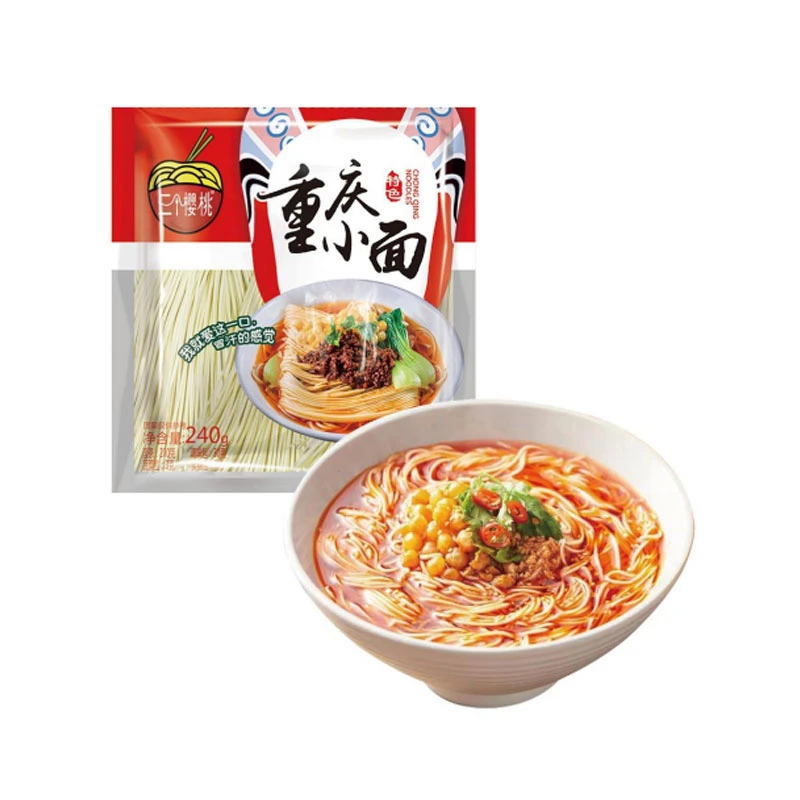How to Create Homemade Pasta from Scratch in Simple Steps
Making Fresh Pasta A Delightful Culinary Journey
There's something undeniably captivating about making fresh pasta from scratch. The process is not only a celebration of culinary art but also an invitation to indulge in the joys of cooking. With just a few simple ingredients, you can create a dish that is both comforting and elegant, suitable for a casual family dinner or an intimate gathering with friends.
The Basics of Fresh Pasta
At its core, fresh pasta is made from flour and eggs. The most common choice of flour for pasta is all-purpose flour or a finer 00 flour, which is milled specifically for pasta-making. The dough you create will be tender yet resilient, allowing for a wide range of pasta shapes and textures. The ratio is typically one egg for every 100 grams of flour, but this can be adjusted based on personal preference and desired texture.
Ingredients You'll Need
- Flour High-quality all-purpose or 00 flour. - Eggs Fresh, large eggs work best for rich flavor and texture. - Salt A pinch for seasoning the dough. - Olive Oil Optional, adds richness but is not necessary.
Step-By-Step Process
1. Preparation Start by creating a clean workspace. A large wooden board or a clean countertop is ideal. Place your flour in a mound and make a well in the center.
2. Adding Eggs Crack the eggs into the well and sprinkle in a pinch of salt. If you're using olive oil, add it now.
3. Incorporating Ingredients Using a fork, gently whisk the eggs, slowly incorporating the flour from the edges of the well. Continue this until the mixture becomes too thick to mix with a fork.
making fresh pasta

4. Kneading the Dough Once the dough begins to form, use your hands to knead it. Knead for about 8-10 minutes until it’s smooth and elastic. If the dough is too sticky, sprinkle a little more flour.
5. Resting Wrap the dough in plastic wrap and let it rest for at least 30 minutes. This resting period allows the gluten to relax, making it easier to roll out.
6. Rolling and Cutting After resting, divide the dough into four pieces. Keep unused portions covered to prevent them from drying out. Roll out the dough using a pasta machine or a rolling pin until it’s about 1-2 mm thick. Dust with flour if it gets sticky. Depending on your preference, you can cut the dough into sheets or create specific shapes such as tagliatelle, fettuccine, or ravioli.
7. Cooking the Pasta Fresh pasta cooks much quicker than dried pasta, usually within 2-4 minutes in boiling salted water. Don’t forget to save a cup of pasta water before draining; it’s perfect for adjusting the sauce’s consistency later.
8. Choosing the Sauce Fresh pasta pairs beautifully with various sauces. Light options like olive oil and garlic or a classic marinara can highlight the pasta's flavor without overwhelming it. For a richer touch, consider cream-based sauces or a simple butter sage sauce.
Serving and Enjoying
Once your pasta is cooked to perfection, toss it with your chosen sauce, adding a splash of reserved pasta water if needed. Garnish with freshly grated Parmesan cheese, cracked black pepper, and perhaps a sprinkle of fresh herbs like basil or parsley for added flavor.
Conclusion
Making fresh pasta is an art form that brings joy and satisfaction to both the cook and those fortunate enough to dine on the result. The process is simple yet rewarding, allowing for creativity and personalization at every step. So, roll up your sleeves, gather your ingredients, and embark on this delightful culinary adventure. You'll find that homemade pasta is not just a meal—it's a memorable experience. Enjoy every bite!
-
Fast Cook Noodles: Convenient Staples for Modern LifestylesNewsAug.23,2025
-
Italian Noodles: Versatile Staples of Global CuisineNewsAug.23,2025
-
Italian Noodles: A Timeless Culinary HeritageNewsAug.23,2025
-
Instant Cold Noodles: A Refreshing Culinary ConvenienceNewsAug.23,2025
-
Buckwheat Noodles: The Art and Nutrition of Handmade SobaNewsAug.23,2025
-
Low Calorie Soba Noodles: A Nutritious Choice for Healthy EatingNewsAug.23,2025
-
The Wholesome Delight of Organic NoodlesNewsAug.15,2025
Browse qua the following product new the we







